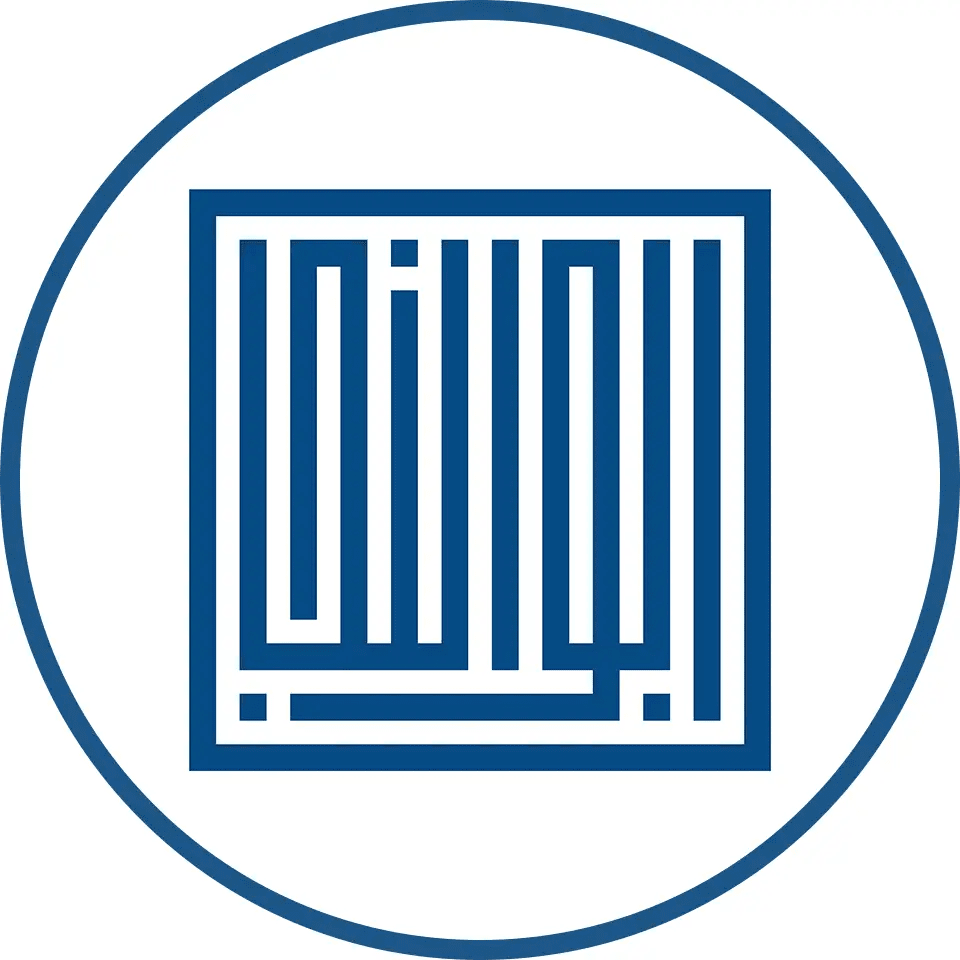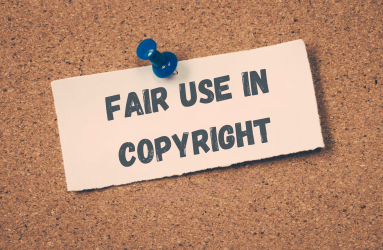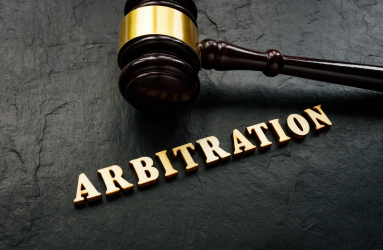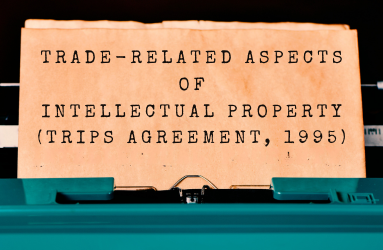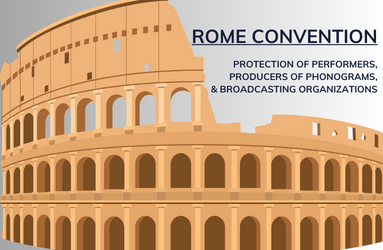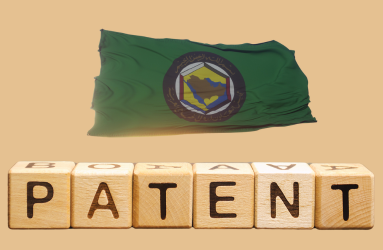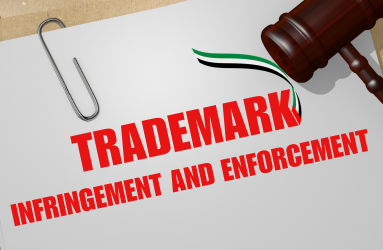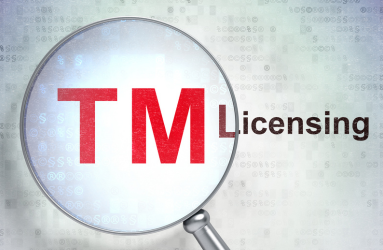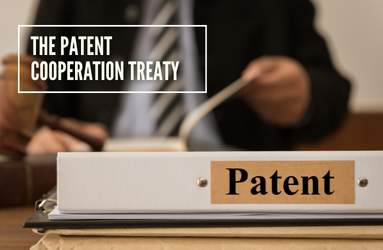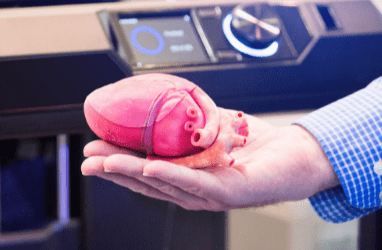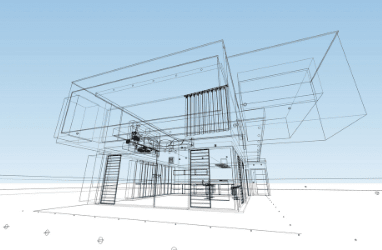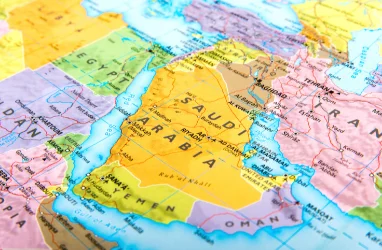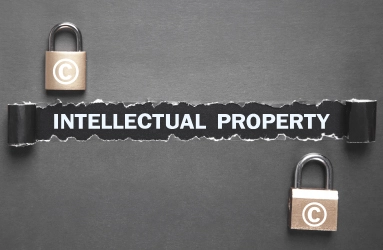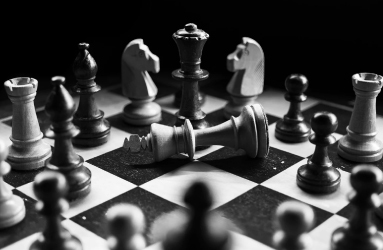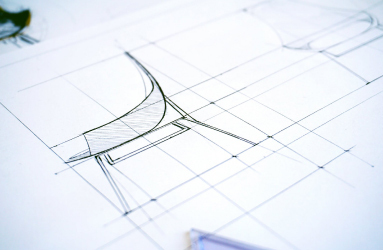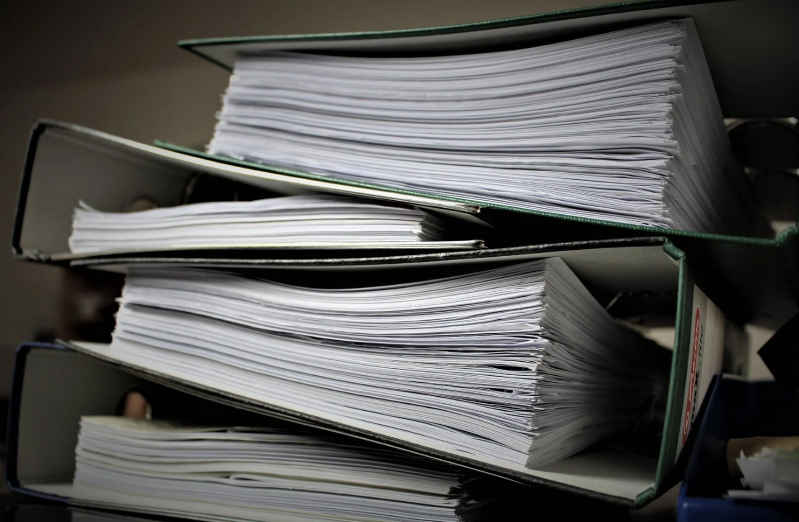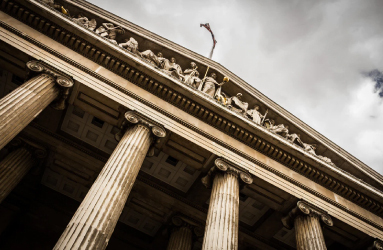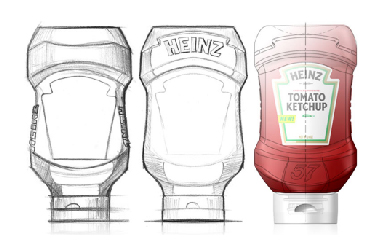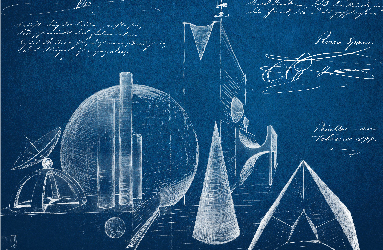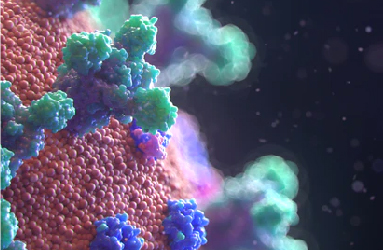Paris Convention of 1883 for the Protection of Industrial Property
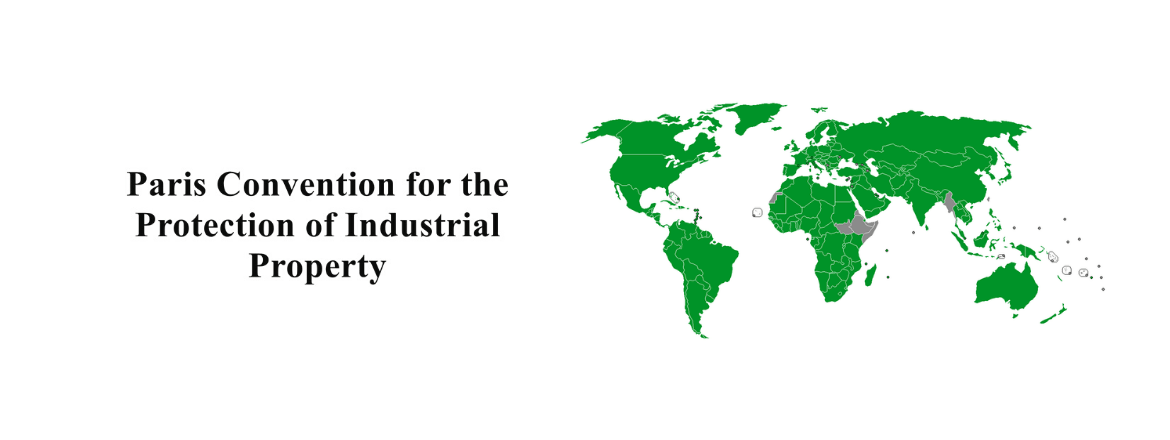
The Paris Convention for the protection of Industrial Property was adopted on March 20, 1883. The treaty marked a significant turning point in intellectual property development as it was one of the first intellectual property treaties of its kind. Notably, almost 140 years later the treaty is still in force.
One reason why the Paris Convention has stood the test of time is that it applies to intellectual property protection in a broad sense. The treaty's application covers patents, trademarks, industrial design, utility models, service marks, trade names, geographical indications, and the repression of unfair competition.
Another reason why the treaty remains significant is that the Paris Convention for Intellectual Property was the first step towards intellectual property protection not only in the country of origin but also in other countries. When the treaty was initially signed, only eleven countries agreed to participate in this noble endeavor. Today, it is easier to ask which countries are not part of the treaty rather than attempting to identify all the participants. At the time of writing, there are 176 countries recorded as signatories to the treaty.
The treaty also pioneered the concept of intellectual property priority rights. The idea of priority rights is that intellectual property rights holders can apply for IP protection for trademarks, patents, designs, and more across jurisdictions using the date of the original application.
Paris Convention History
An important provision included in the Paris Convention was the requirement that its signatories "grant temporary protection to patentable inventions, utility models, industrial designs, and trademarks, in respect of goods exhibited at official or officially recognized international exhibitions held in the territory of any of them,” according to WIPO.
In fact, this provision dated back to the Great Exhibition of 1851.
The Great Exhibition 1851
The 1851 Great Exhibition held in London was an opportunity for nations to showcase the works of their designers and inventors. It was also an opportunity for the public to learn through looking. Unbridled access to exclusive foreign products, before their arrival in the host nation’s market, gave rise to the risk of piracy. Such reasoning led to the quick passing of the Protection of Inventions Act in the same year, with no discrimination on the grounds of nationality.
The protection allowed for unpatented inventions to be on display in Britain, at an exhibition previously certified by the Lords of the Committee of Privy Council for Trade and Foreign Plantations. However, the protection only lasted a year, leading critics to question the need for this temporary form of protection. Nonetheless, the exhibitors made widespread use of the protection during the Great Exhibition. In fact, 691 applications were made with 630 certificates of protection being granted.
A large number of issued certificates was far beyond the Protection of Invention Act creators’ expectations. The provisional protection offered by the 1851 Act was adopted as a general base for the British patent law in 1852. Provisional protection of a similar nature was also later adopted by other nations to make use of during their own international exhibitions and trade shows. For example Paris (1855 and 1857), London (1862), and Vienna (1873).
The Paris Convention broadly includes and covers patents, trademarks, industrial design, utility models, service marks, trade names, geographical indications and aims to prevent unfair competition.
Why Intellectual Property Protection is Important
Following the Great Exhibition, the Vienna Exhibition of 1873 led the Austrian government to enact the Austrian Special law for the Protection of Objects exhibited at the Universal Exhibition in Vienna.
In addition, an International Patent Congress was held during the Vienna Exhibition. In this way, Austria was able to leverage the presence of countries already participating in the exhibition while minimizing the influence of countries like the Netherlands that were opposed to patent laws.
It was at the Vienna Patent Congress that the participating countries agreed that existing patent laws were inadequate, both for the inventor and their home country. The chief takeaway from the Vienna Congress was the need to eliminate the prevailing territorial limitations of patents. The problem had to shift from being solved in isolation, to being solved via a common international agreement.
The Paris Convention of 1883
The Paris Convention adopted the principle of national treatment as to the person seeking protection in Art. 2(1) (current text as adopted in 1925):
“Nationals of any country of the Union shall, as regards the protection of industrial property, enjoy in all the other countries of the Union the advantages that their respective laws now grant, or may hereafter grant, to nationals; all without prejudice to the rights specifically provided by this Convention. Consequently, they shall have the same protection as the latter, and the same legal remedy against any infringement of their rights provided that the conditions and formalities imposed upon nationals are complied with.”
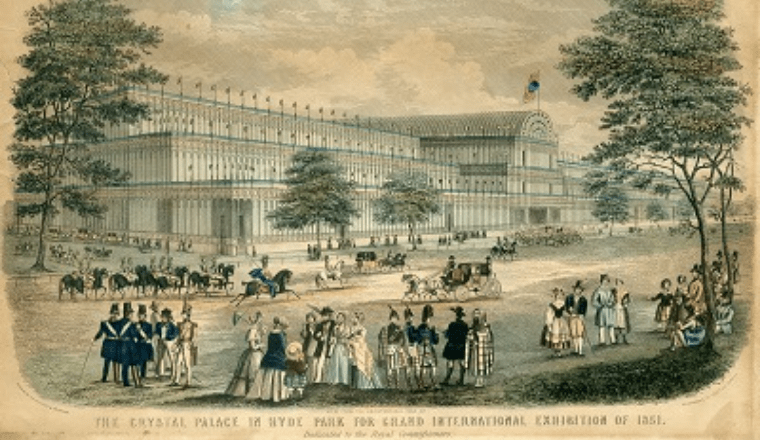
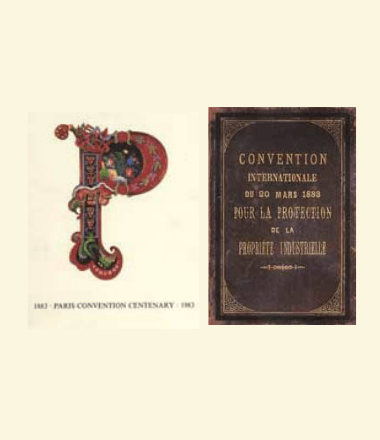
Paris Convention Application
As previously mentioned, the Paris Convention broadly includes and covers patents, trademarks, industrial design, utility models, service marks, trade names, geographical indications and aims to prevent unfair competition.
Further, the Convention applies to three basic categories: national treatment, right of priority, and common rules.
-
National treatment
The Paris Convention stipulates that each Contracting Nation must treat all nationals from the Convention’s member states as equal when granting intellectual property protection (Paris Convention Article 2 and 3). In addition, citizens of non-member states are also entitled to protection under the Convention provided they have existing industrial or commercial establishments in a contracting country. -
Right of Property
Regarding patents, trademarks, and industrial designs, the Convention grants the right of protection based on a first come first served basis (Paris Convention Article 4). Meaning, the first intellectual property claim filed in a member state takes precedent over future filings made in other member countries. As such, applicants can apply for intellectual property protection in any other member state using the date of the first filing. However, the provision is only applicable within a specified time period. Specifically, 12 months from the first filing for patents and utility models, and 6 months for industrial designs and trademarks.
This stipulation is especially helpful since intellectual property protection remains widely territorial, only having jurisdiction in a single country or within trade unions or other regional agreements. As such, applicants can use this provision to leverage time to apply for protection in multiple jurisdictions without the pressure of making multiple simultaneous applications. -
Common Rules
The Paris Convention outlines a few general rules that its signatory states must follow:
- Patents granted for different member states for the same invention must operate independently. In fact, whether a patent is granted, canceled, or declined in one country does not affect the status of that patent in other countries. Also, the provision requires that the inventor be named in granted patents.
- Trademark registration requirements are not regulated by the Paris Convention. Instead, each member state must determine its own guidelines based on its local laws. Similarly, registered marks must operate independently without undue influence from other member countries. Also, member countries cannot refuse to register a mark because the mark is not registered in its country of origin.
However, registration may be denied in well-defined cases, for instance where the application is preceded by a locally existing claim or infringes on the rights of a third party.
- Patents granted for different member states for the same invention must operate independently. In fact, whether a patent is granted, canceled, or declined in one country does not affect the status of that patent in other countries. Also, the provision requires that the inventor be named in granted patents.
Conclusion
The Paris Convention of 1878 dealt with unfair competition at the most minimalistic and least controversial level. Much was left to the national laws to determine on their own. The bilateral agreements entered into between countries that subsequently became the Member States to the Paris Convention were no longer necessary, as the Paris Convention provided either the same or more rights to nationals of Member States than they had been previously granted under such bilateral agreements. The system is not perfect and also has some shortcomings, hence the numerous legal revisions that are continually taking place.
If you would like to learn more about how the Paris Convention of 1883 affects you or would like help filing for IP protection, please contact us at connect@abounaja.com.
Frequently Asked Questions
What is the Paris Convention for the Protection of Industrial Property?
The Paris Convention, adopted in 1883, is a historic treaty governing intellectual property protection across various categories, including patents, trademarks, industrial designs, and more.
How long has the Paris Convention been in force?
The treaty has been in force for almost 140 years, making it a cornerstone in intellectual property development.
Which intellectual property areas does the Paris Convention cover?
The convention broadly covers patents, trademarks, industrial design, utility models, service marks, trade names, geographical indications, and the repression of unfair competition.
What is the significance of the Paris Convention in international IP protection?
It marked a significant step towards international intellectual property protection, allowing applicants to seek protection in multiple countries based on the date of the original application.
What is the history behind the Paris Convention's provision on temporary protection for exhibited goods?
The provision traces back to the Great Exhibition of 1851 in London, aiming to prevent piracy and encourage innovation showcased at international exhibitions.
What are the key principles outlined in the Paris Convention?
The convention emphasizes national treatment, the right of priority, and common rules, ensuring equal protection for nationals of member states and introducing the concept of priority rights.
How does the Paris Convention address intellectual property priority rights?
It pioneered the concept of priority rights, allowing IP rights holders to apply for protection across jurisdictions using the date of the original application.
What are the time limits for the right of priority under the Paris Convention?
The provision is applicable for 12 months for patents and utility models and 6 months for industrial designs and trademarks from the first filing.
Does the Paris Convention regulate trademark registration requirements?
No, each member state determines its own guidelines for trademark registration based on local laws, but registered marks must operate independently.
What are the general rules outlined in the Paris Convention for patents and trademarks?
Patents must operate independently in different member states, and trademark registration requirements are determined by individual member states.

